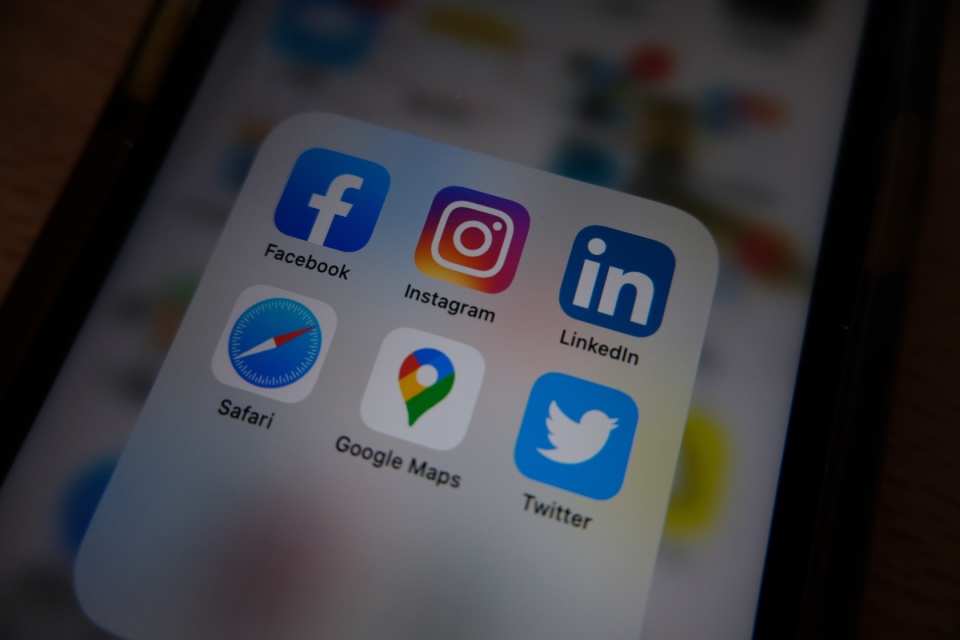The recently re-ignited movement to make women feel safer in the streets has been reactive and powerful, so we asked Thom Dennis, CEO of Serenity in Leadership, whether this will extend to women in the workplace and whether it will also affect gender inequality at work. Here he also looks in detail at what the tell-tale signs of misogyny at work are and how we can create a gender equal workplace without bias…
What does misogyny at work look like?
It is perhaps useful to explore the meaning of the word ‘misogyny’. Many men hear it and react by saying: “I don’t hate women. I’m happily married, and I have plenty of good relationships with women.” The thought of possibly being a misogynist is anathema to most men because they equate it with the word ‘hate’, and yet the level of respect that many men have for women is remarkably low. This is the root of the more typical use of the word misogyny which also means an ingrained prejudice against women, and like it or not plenty of us men carry or have been brought up with that prejudice.
How can you tell if there is misogyny in the workplace?
Discrimination, unequal pay, insults, objectifying and focusing on women’s physical appearance, taking credit for their ideas, stereotyping and shutting them down are all clear signs, and there are many more, of sexism at work.
Women experience workplace harassment and sexism by earning less money than men, being less likely to be promoted, having their qualifications questioned, taking time off to have children being counted against them. And one in four women experience some sort of sexual harassment in the workplace. Hostile sexism is more obvious and tends to be more physical or outwardly spoken with the notion that women are weak and inferior to men. Benevolent sexism is where women are objectified or denied the same rights and pay, and portrays women as needing protection from men.
It is also vital to add that transgender, non-binary and gender queer employees often face severe discrimination in the workplace including acute harassment. The attacks are triggered both by their gender identities and are made more complex when other aspects of intersectionality are involved.
What is the root cause of the problem?
There is no single root cause of the problem because it is societal, and if it exists within an organisation, it is usually systemic, so there is likely to be dysfunction throughout. So why in 2021 does it still exist?
It could be argued that for many we want to believe there is no problem but ask the women who alter their behaviour to avoid unwanted attentions at work if good intention and positive thinking are helping and the answer will be a resounding “no”.
Psychologists may argue that today’s men were suppressed or otherwise traumatised as young boys. Certainly we need better male role models – it is a real problem that there are so few male teachers at school, particularly in those all-important primary years. Many men are confused on what their role is now and build resentment which they then take out on women. Some men also think that for women to ‘join them’ as equals they need to go through an uncomfortable experience to show they are somehow tough enough; manly enough as demanded by a patriarchal system.
Gender imbalance is bad enough but who can put a stop to misogyny in the workplace? The UK government has Whips that cajole, bribe and bully MPs into staying in line on any one issue, businesses often have people in place who quieten any unrest and they may well be working in HR. Both men and women are fearful of naming and challenging aggressive power-play behaviour and will leaders listen anyway? In many situations, for another man to call out repellent misogynistic behaviour is a risky move. If he’s part of the group, he’s likely to be ostracised and probably bullied, if he’s not then he risks being turned upon too. Yet silence is consent.
What are the benefits of gender equality and stopping misogyny in its tracks?
Gender balance encourages a safe space for employees to be heard. It improves staff retention because people don’t stick around if they feel excluded or uncomfortable. An empowering, bias-free and diverse workforce leads to greater innovation because of the wider scope of ideas and perspectives on offer which also improves productivity. A balanced workforce means teams will benefit from a wider range of perspectives, views and approaches. This can encourage creativity and help when trying to identify and seize new opportunities and can lead to better decisions. Ultimately,employees will be happier, the team will work more cohesively and there will be better workplace harmony. Misogyny will be stopped in its tracks if throughout the workforce dysfunctional behaviour is not tolerated, and we will have tackled fear, harassment and prejudice and improved mental health.
The Solutions
Understanding there is no one solution. Businesses need to invest, because an immediate short-term response is unlikely to get to the root of the problem. Special workshops, training with evidence-based approaches and solutions are key. Sexism not only affects the individuals but the business as a whole.
Engage men in the conversation about misogyny and gender equality. Many of them may not be aware of it or understand the implications. Ask men to speak out if they notice bias or discrimination and encourage them to look at, and develop their own levels of self-awareness. This needs to be a collaborative approach regardless of gender.
Have a clear company policy against any type of bullying and harassment and any gender inequality and display a code of ethics and guidelines clearly on the intranet, on posters, on internal communication etc. Don’t tolerate sexist humour. Make sure the company policy applies to anyone in the ranks, and don’t depend on these systems being used by those who most need to. Striving for an equal workforce and diminishing bias will help to prevent workplace harassment.
Reporting is vital. Those who summon the courage to report often find themselves unheard and discounted at best and sometimes the victim becomes the accused. Understand that victims of harassment will be traumatised, and then doubly traumatised if they ask for help which is not fully given. Staff need to be trained specifically to handle such complaints.
Listen empathically any time someone complains about harassment or gender inequality and make the assumption they are telling the truth. Never brush it under the carpet.
Delegate work equally and reward based on performance without bias to ensure all genders see each other as equals in rights and opportunities.
Avoid gender stereotyping. Cultural stereotypes can assume that women can’t handle as much work as men because family commitments may get in the way, or they may ‘crack under the pressure’. Because of this, male workers are typically given more opportunities and responsibility than females. Having women in leadership roles offers role models, but equally men can be good role models in how they push for equality.
Allow flexible working. The pandemic has succeeded in pushing leaders to allow more flexible working hours which if we continue moving forwards will encourage a positive work-life balance regardless of gender, whilst also normalising hands-on fathering.
Close the gender pay gap. Companies need to scrutinise themselves to assess whether they have systemic gender pay gap problems. On average, women earn about 20% less than men. Review working practices and salaries across the board to ensure that all employees are being paid equally.
Be consistent during recruitment. Remove names from CVs to avoid bias, avoid asking about gaps in employment history and their previous salary and ask the same questions in the same way to all candidates. Have a standardized system and make sure the interview panel represent diversity.










